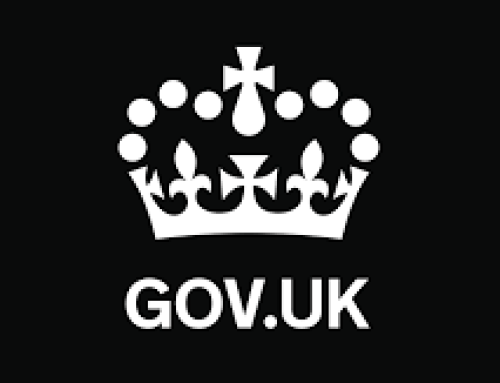Sport England have published their plan for how they are going to implement the next three years of their 10-year Uniting the Movement strategy.
The 2022-25 plan details how they will work towards their mission of transforming lives and communities through sport and physical activity.
Building on the lessons learned from their work throughout the pandemic, they will target investment, resources and energy where it’s needed most and will have greatest impact.
From a funding perspective they will disproportionately target their effort and investment to level up places and improve accessibility and opportunities for the communities and people that need it the most to be active.
Specifically, they will:
- Expand their place partnerships to focus investment and resources on communities most in need.
- Continue to deliver our coronavirus (Covid-19) recovery and reinvention package, including the government’s Sport Survival Package, initially focused on rebuilding the collective of people who make sport and physical activity happen in communities and working closely with local authorities to protect provision where it can have the most impact.
- Work with national and local partners to target the government’s investment into community football, tennis and multi-sport facilities in places with greatest need.
- Invest around the Birmingham 2022 Commonwealth Games to improve facilities and level up access to community sport.
- Create simplified access to our open funding with a single point of entry – with ease of use and flexibility being key priorities.
They know from their research there are some clear inequalities in opportunities, accessibility and experiences of sport and physical activity, some of which have developed or been made worse since Covid-19, but most of which are long-term inequalities seen for years.
These are:
- Gender: Men and boys are more likely to be active than women and girls. Men and boys saw larger disruptions to their activity levels during the severe Covid-19 restrictions due to a greater reliance on organised activity, with younger men less likely to return than older males.
- Young adults: People aged 16-34 have seen activity levels drop over the past few years and this has been exacerbated by the pandemic. More recently, those enjoying taking part has also fallen.
- Older Adults: People aged 75+ have seen previous growth in activity levels halted and drop back during the pandemic, with no real sign of recovery. Perceived opportunity to be active and activity choice has reduced, with nearly two-thirds of this group currently reliant on walking for leisure. More recently, those enjoying taking part has also fallen.
- Socio-economic deprivation: Adults from the most deprived socio-economic groups are less likely to be active, as are children from less affluent families.
- Ethnicity: There’s variation in levels of engagement in sport and physical activity by ethnic group. The Black ethnic group as a whole saw perceived capability to be active fall, and this remains. The pandemic has made it disproportionately harder for some ethnic minority groups.
- Disability and long-term health conditions: Both disabled adults and people with a long-term health condition are less likely to be active than those without, with activity levels decreasing sharply the more impairments an individual has. The return to activity as Covid restrictions have eased is slow.
- Prejudice and discrimination: People that experience prejudice or discrimination, such as (but not limited to) people from LGBTQ+ groups and ethnic minority groups, report that it can be a barrier to taking part in sport and physical activity.
To find out more on Sport England’s 2022-25 strategy implementation plan click here: https://www.sportengland.org/news/implementation-plan-years-2-4-uniting-movement-published And here: https://www.sportengland.org/why-were-here/uniting-movement/implementation-plan-years-2-4-2022-25
To view it click here: Implementing Uniting The Movement Years 2-4 2022-25_1





